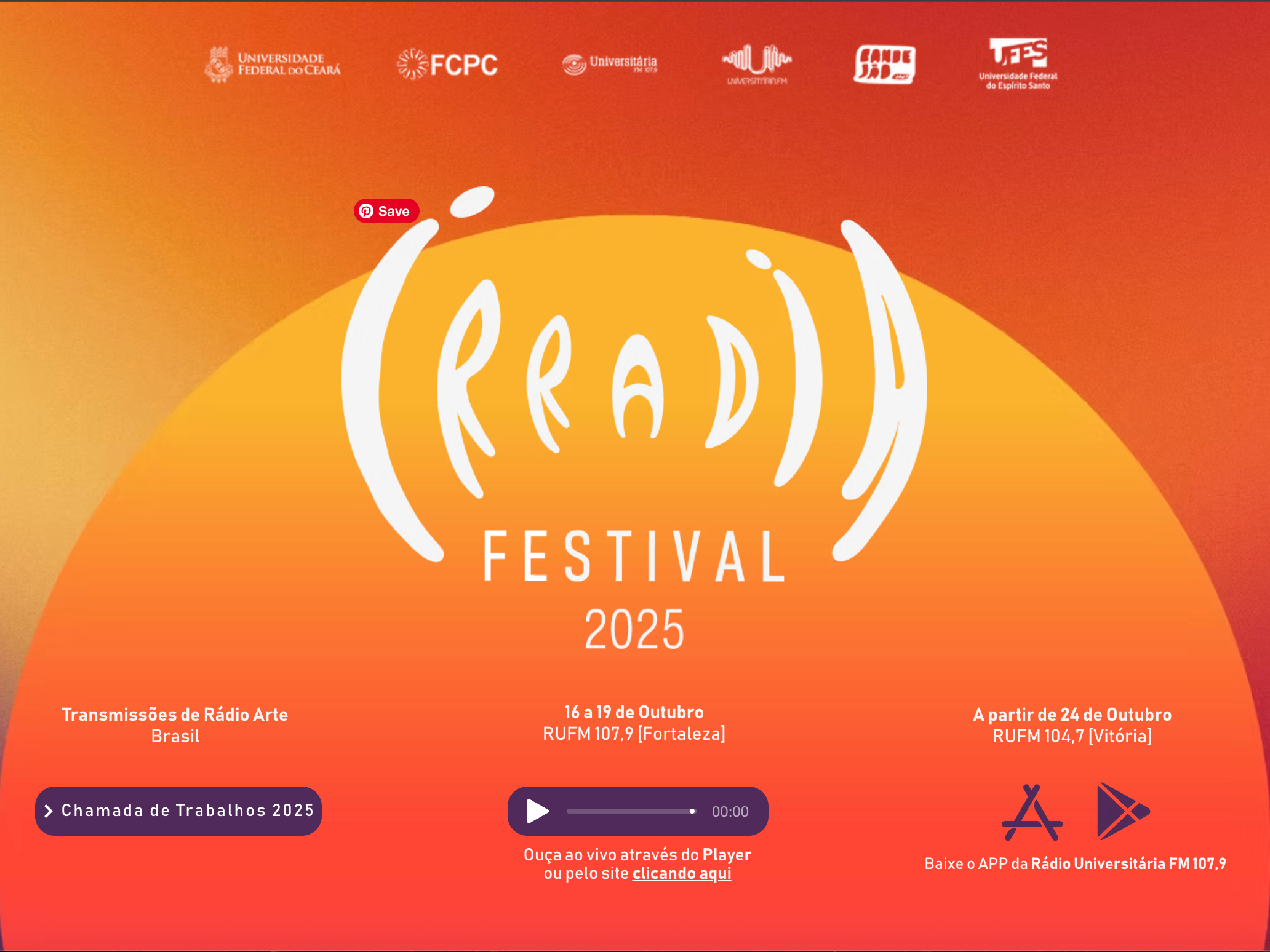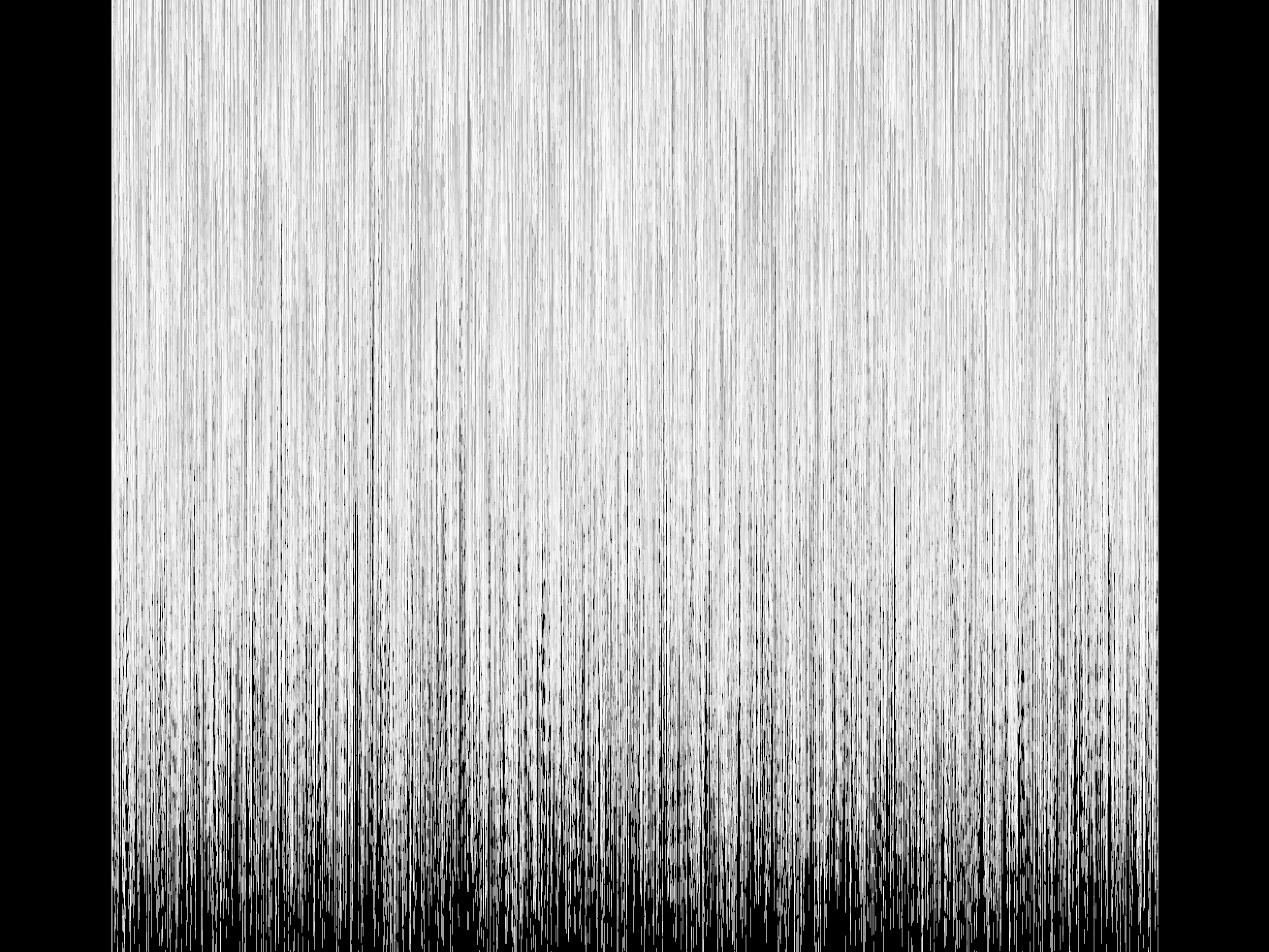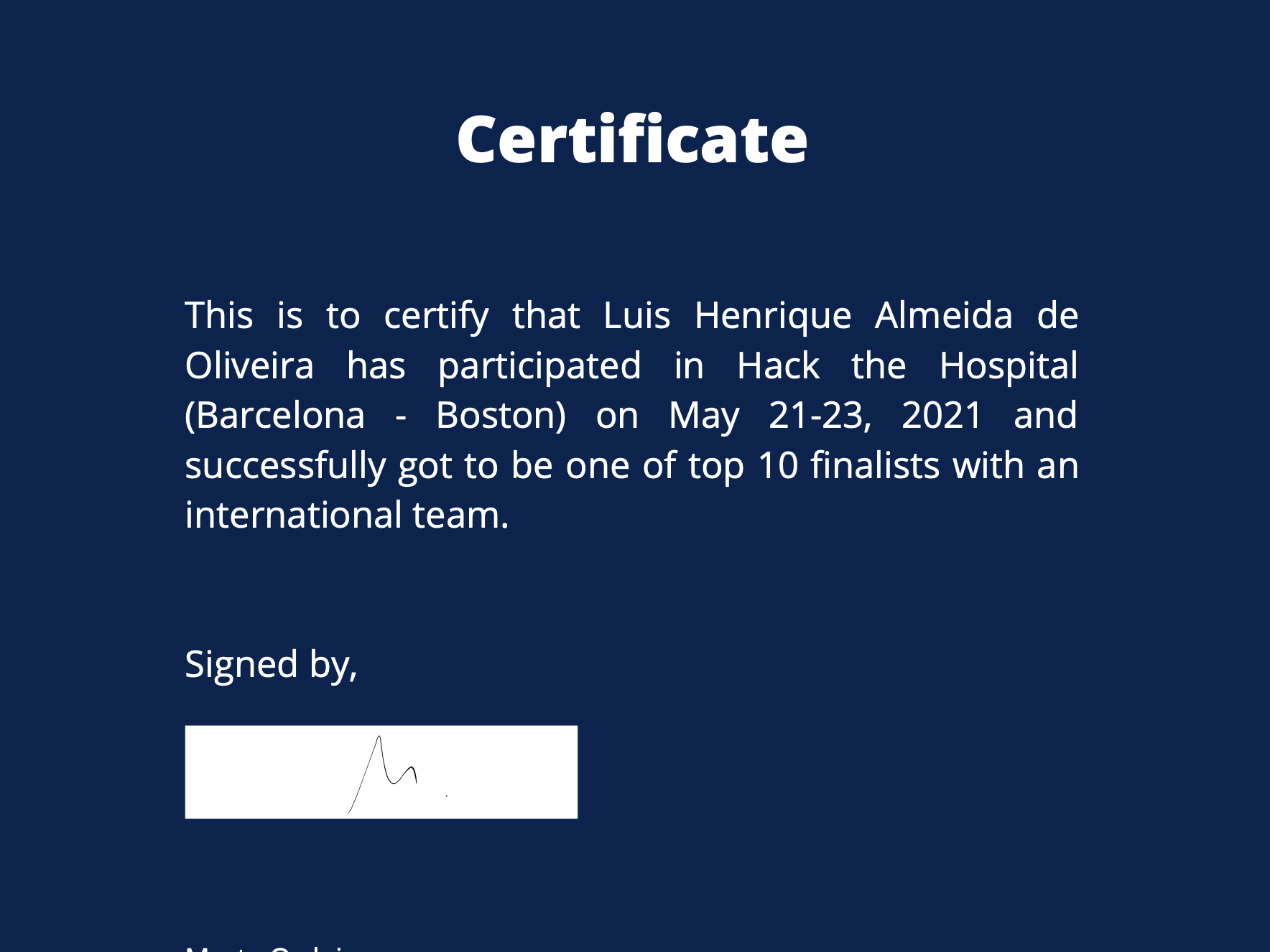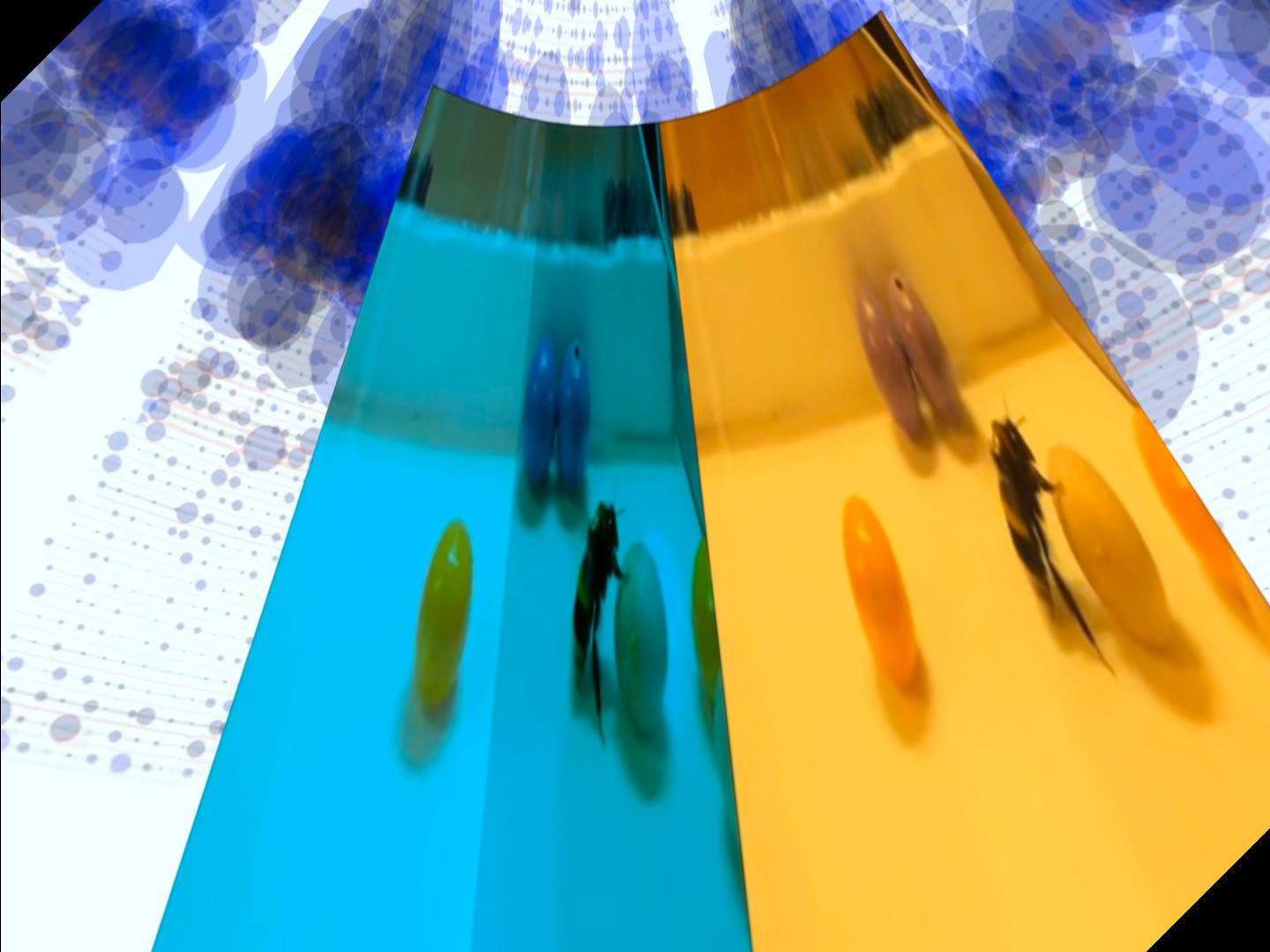pollinatorDiplomacy is a series about the world of bees, developed within the scope of the Master's in Media Arts of the University of Minho. The first pieces were inspired by the role of pollinators on the planet, fascinating discoveries about their behaviour, and reports of the multiple threats they suffer—fires, pesticides, natural predators, invasive species, and monocultures, among others.
In pollinatorDiplomacy#6, we embrace a bee´s gaze to see the world differently. Being able to notice electromagnetic fields surrounding the flowers, a bee can embark on a more efficient journey while, at the same time, the insect respects the flower fields´ limitations.
In pollination, even before touching the flower, pollen with a negative charge levitates towards the bee's body (with a positive charge). It´s science, but it seems magic. The natural world is full of surprises!
These two scenarios — pollen moving by electrical attraction and bees' vision of a world of electric fields — inspired us to produce pollinatorDiplomacy#6. The code was generated using Gemini, Google's AI.
First, the prompt established the scenario. A world of "+" and "-" signs, positive and negative, in random profusion across the 1920x1080 screen. We adjusted colours, intensities, shapes, and positions. Once the scenario was created, we asked Gemini to create a pulsating light representing the flower waiting for pollination. It stands out in "+" and "-". Finally, we generated and adjusted with AI an idea of a swarm of bees circling the light. We adapted the colours.
pollinatorDiplomacy#6 is a generative artwork that suggests bees' pov, bringing us closer to the insect's gaze. Even though it is not scientifically accurate, the visualisation conveys the idea of another way of seeing reality, and suggests natural processes that seem fascinating to us. This can raise the audience's awareness of new ways of looking at life on the planet, inspire new approaches, and nurture curiosity about the natural and more-than-human worlds.
Synopsis
Some only see efficiency in the work of bees — a corporate world ideal embedded in a system that has drained the planet for too long.
pollinatorDiplomacy#6 proposes another perspective. Studies show that bees perceive the electric field of flowers, visiting specimens that still emit strong electrical signals (indicating potential pollen presence) and bypassing those where the field is weaker due to having already been visited by other pollinators.
The respect for the natural cycle that the more-than-humans teach us is the inspiration this artwork aims to pollinate.









